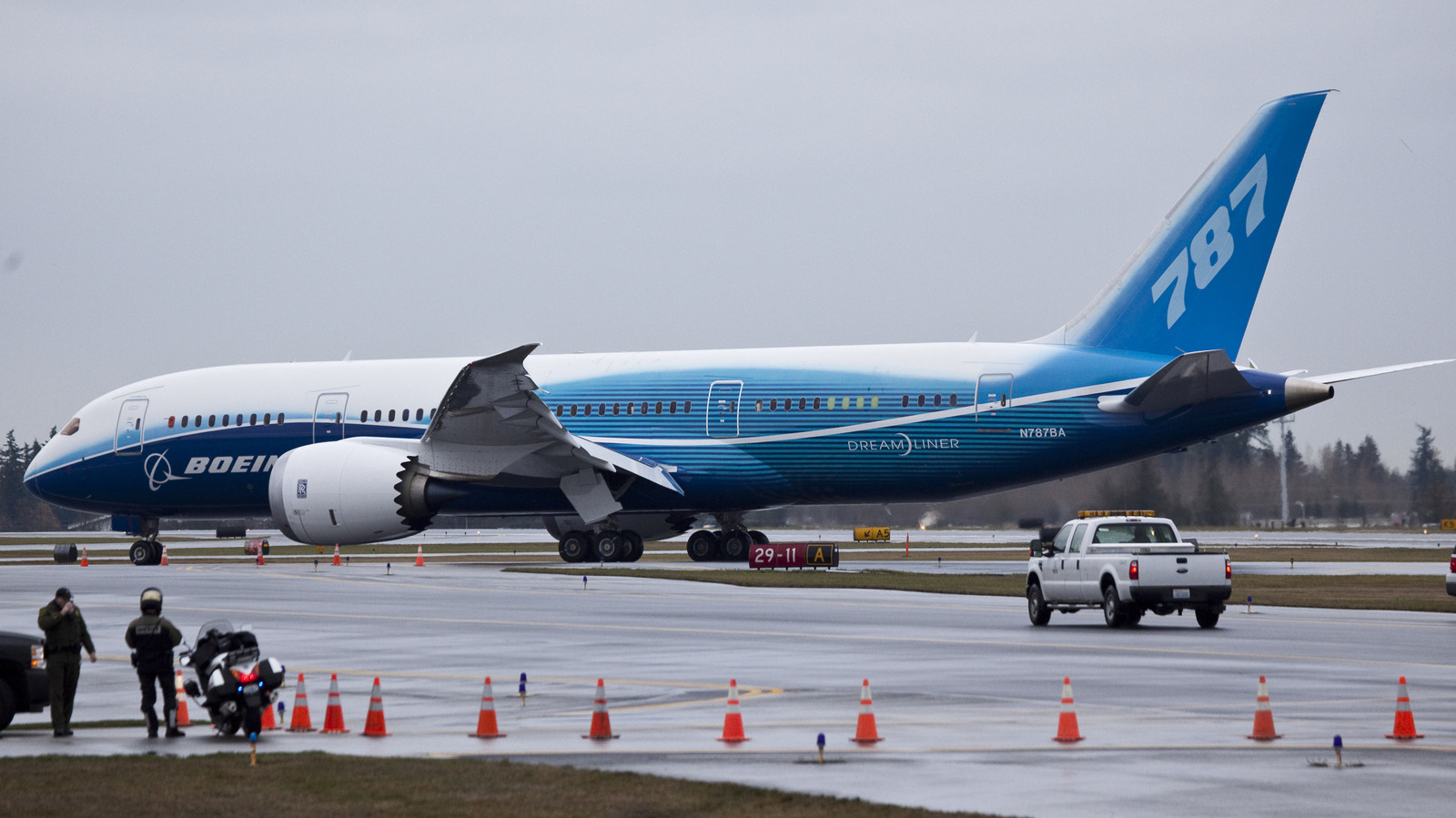Why Doesn’t the Boeing 787 Have Winglets Like Other Modern Jets?
If you’ve ever gazed out the window of a modern airliner, you’ve probably noticed those signature upturned winglets at the tips—almost like the plane is giving a little wave. They’re everywhere: on the 737, the A320, even the massive 777X. But then there’s the Boeing 787 Dreamliner, with its long, elegant wings that curve gently but lack those classic winglets. So, what gives? Why did Boeing skip the winglets on one of its most advanced jets?
What’s the Real Purpose of Winglets, Anyway?
Let’s clear up a common misconception: winglets aren’t just for show. They’re a clever aerodynamic solution to a real problem. When a plane flies, high-pressure air from beneath the wing tries to sneak around the tip to the low-pressure area above, creating swirling vortices. These vortices increase drag and sap fuel efficiency. Winglets act as barriers, reducing these vortices and, in turn, cutting down on drag. The result? Planes burn less fuel and can fly farther on the same tank.
So, if winglets are such a win, why would Boeing leave them off the Dreamliner?
How Did Boeing’s Engineers Rethink Wing Efficiency for the 787?
Here’s where things get interesting. The 787’s wings are anything but ordinary. Instead of adding winglets as an afterthought, Boeing started from scratch, designing a wing that’s optimized for maximum efficiency right out of the gate.
The Dreamliner’s wings are made from advanced carbon-fiber composites, which are both lighter and stronger than traditional aluminum. This material allowed Boeing to create a wing that’s not only longer (with a span of 197 feet on the 787-9) but also incredibly flexible. Watch a 787 take off, and you’ll see the wingtips flex upward dramatically—almost like a bird in flight. That flexibility isn’t just for looks; it helps the wing adapt to changing aerodynamic loads, reducing stress and improving performance.
Instead of the sharp upturned winglets, the 787’s wings feature a gentle, continuous sweep and a raked tip that extends outward and back. This “raked wingtip” design accomplishes the same drag-reducing magic as traditional winglets, but in a more integrated, efficient way.
What’s the Science Behind Raked Wingtips Versus Traditional Winglets?
Traditional winglets are essentially vertical fins bolted onto the end of a wing. They’re a great retrofit for older designs, but they do add weight and complexity. Raked wingtips, on the other hand, are an extension of the wing itself, gradually tapering and sweeping back. This shape increases the effective span of the wing without requiring a taller tail or wider airport gates.
A 2018 study published in the Journal of Aircraft found that raked wingtips can reduce induced drag by up to 5% compared to conventional winglets, especially at the long cruise altitudes where jets spend most of their time. Boeing’s own data suggests the 787’s wing design delivers a 20% improvement in fuel efficiency over previous-generation aircraft, with the raked tips playing a significant role.
Are There Real-World Benefits for Airlines and Passengers?
Absolutely. For airlines, every percentage point of fuel savings translates to millions of dollars over the lifespan of a fleet. The 787’s efficient wings mean lower operating costs, longer range, and less environmental impact—factors that have made it a favorite for long-haul routes. Passengers benefit, too: the Dreamliner’s quieter, smoother ride is partly thanks to those flexible wings, which dampen turbulence and reduce noise.
And there’s a practical side to the design as well. By avoiding tall winglets, the 787 can still fit into standard airport gates, sidestepping the need for expensive infrastructure upgrades. That’s a win for both airlines and airports.
How Does the 787’s Approach Reflect the Future of Aircraft Design?
The Dreamliner’s wing philosophy isn’t just a one-off. It’s a sign of where commercial aviation is headed. Instead of bolting on fixes, engineers are now designing entire aircraft as integrated systems, using new materials and computational tools to optimize every curve and contour. Airbus, for example, has begun experimenting with “sharklet” and “wingtip fence” designs that blend seamlessly into the wing, while Boeing’s own 777X features folding raked wingtips to maximize efficiency and airport compatibility.
The big takeaway? Wing design isn’t about perfection—it’s about smarter adjustments. The 787’s lack of traditional winglets isn’t a step back; it’s a leap forward in how we think about efficiency and innovation. Start with one change this week—maybe it’s rethinking an old habit or updating a process—and you’ll likely spot the difference by month’s end. Sometimes, the best solutions aren’t the most obvious—they’re the ones that fit so well, you barely notice them at all.


